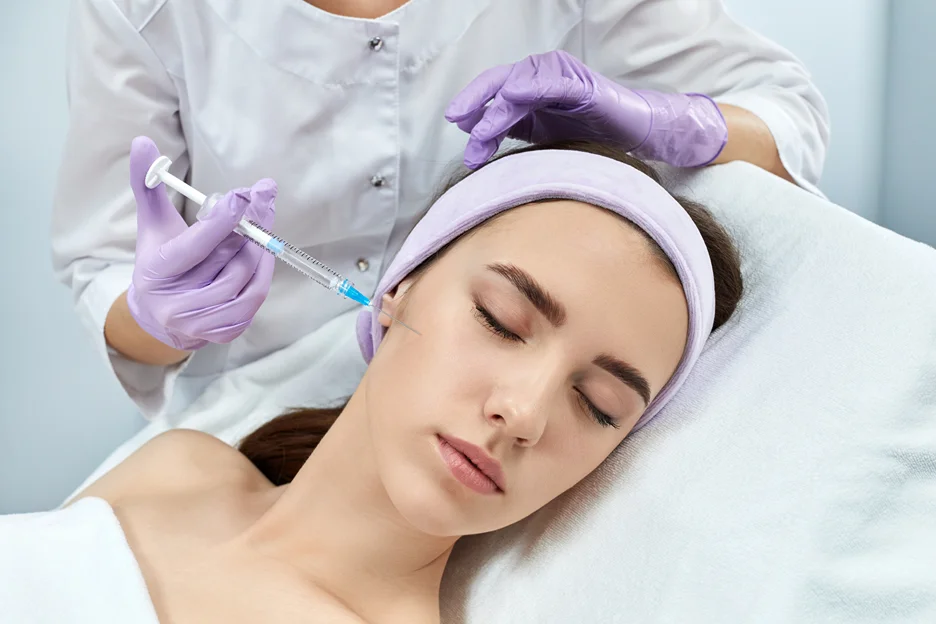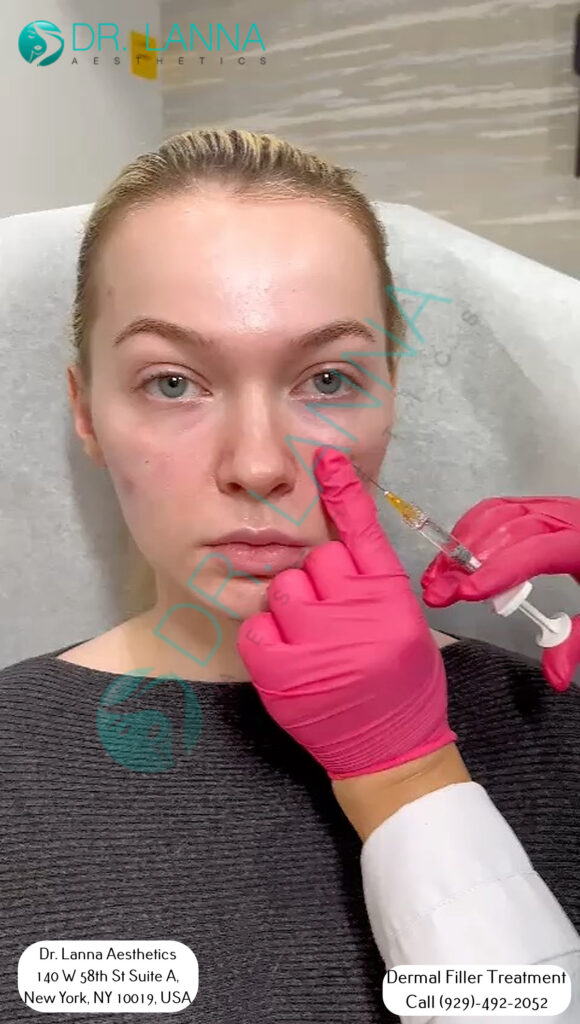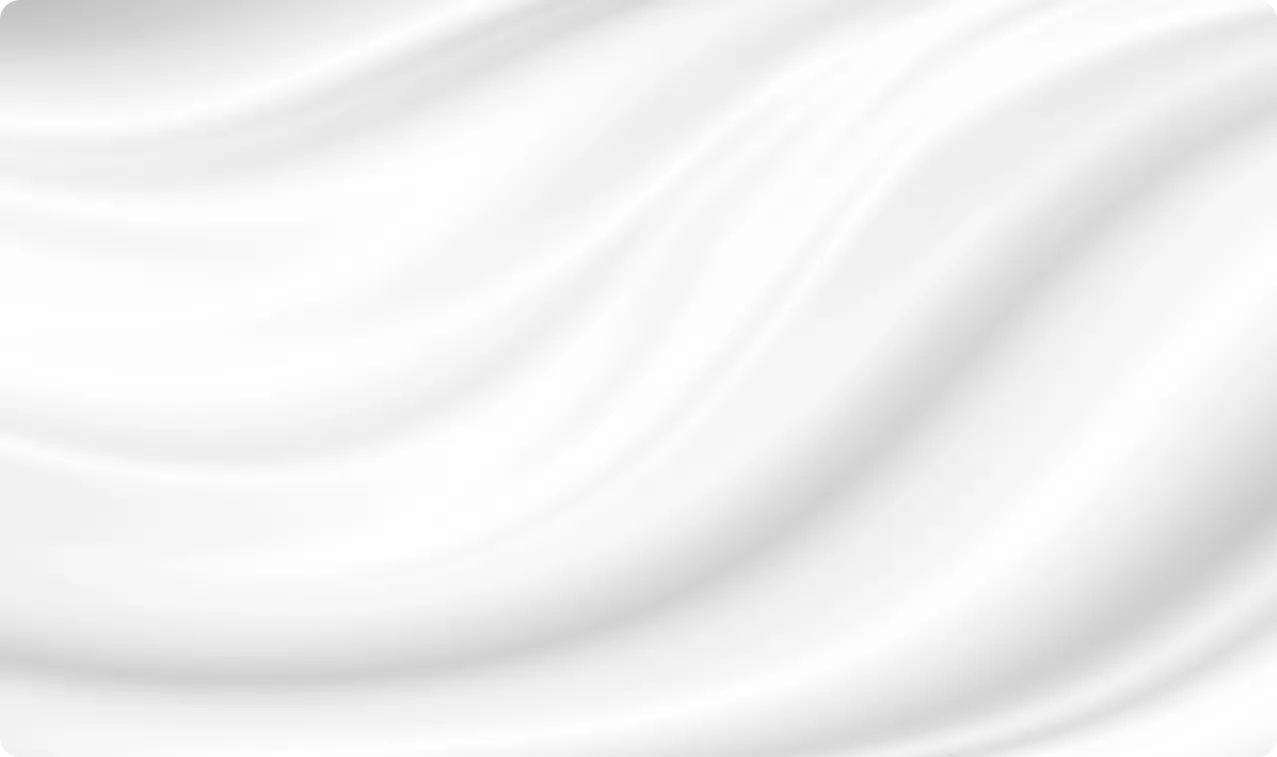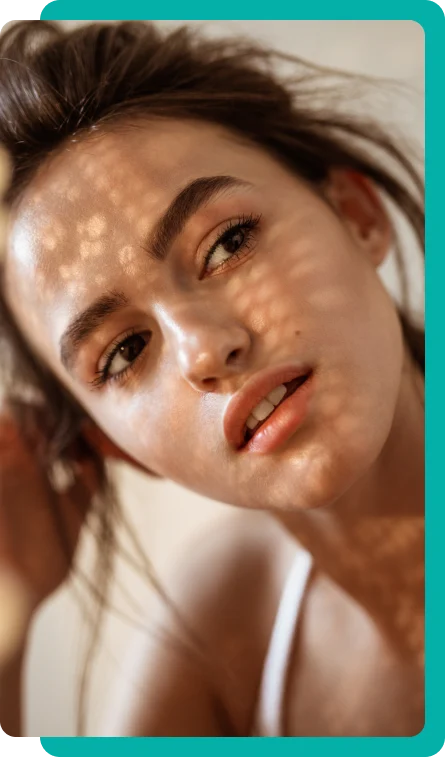Cheek fillers are originally intended for cheek augmentation — to restore lost facial volume and also help reverse the signs of skin aging such as fine lines and facial folds (i.e, nasolabial fold). However, cheek fillers don't always stay where they're intended to. In some instances, these facial fillers are processed improperly by the body, causing them to spread outside the treatment area and adversely affect it. This phenomenon is also known as cheek filler migration.
So what is cheek filler migration? Cheek filler migration occurs when the effect of dermal filler injection treatments that are intended for the cheek treatment area migrates to other treatment areas such as the lips and the under eyes. There are advantages to cheek filler migration if it’s intended; otherwise, such a phenomenon is merely a result of a cheek filler mishap.
Cheek filler migration may intentionally or accidentally occur. This usually happens a few days after the treatment session as the dermal fillers go through the process of bonding with the skin tissues in the face. Whether it’s intended or not, cheek fillers migrate as a result of many factors such as the following:
The type of cheek filler is a factor in filler migration. Most dermal fillers, especially the semi-permanent ones (i.e, Sculptra, PMMA, Radiesse) generally stay in place and don’t migrate. On the other hand, hyaluronic acid filler substances can (e.g, Juvederm, Restylane) migrate.
The composition of HA filler substances causes filler migration. As hyaluronic acid binds itself to existing collagen substances within the skin using hydrogen, thus, it can also have an effect on the surrounding treatment area.
The expertise of the aesthetic doctor in knowing when, how, and how much to inject in the treatment area affects filler migration. Highly-trained aesthetic providers know how to properly calculate results so every treatment injection is purposive, producing favorable cheek filler injection treatment procedure results.
Too much filler injected into the treatment area has its advantages including the long-lasting effect of cheek fillers. However, getting too much cheek filler injection can also cause potential filler migration out of the cheek area. This may cause lumps and bumps or a deformed facial formation.
Additionally, an experienced aesthetic injector is also knowledgeable in the frequency of getting filler treatments. If the injection of cheek fillers becomes too frequent, the time between each injection treatment would be insufficient, which would make it difficult for the skin to absorb the dermal filler.
It’s also important to note that a patient has different tissue planes, which comprise the layers of the skin. This must be well-understood by an aesthetic provider because injecting the cheek filler in the wrong skin layer can cause filler migration. Lastly, improper handling of the treatment area may also result in the same migration effect.
Each individual absorbs facial filler substances differently. Patients’ skin reactions to the dermal filler treatment vary as well. Sometimes filler simply migrates because of the medical conditions that an individual has that may have an effect on their skin reaction. If it turns out that the filler injected in the skin isn’t the right filler for you, then it may result in filler migration.
For best results, consult with a plastic surgeon. Sometimes other cosmetic treatment procedures such as reconstructive surgery or dermatologic surgery are the best resolution to the problem areas in the cheek area instead of an injectable filler.
Some facial filler substances can cause cheek filler migration because of the composition of their substances. HA facial filler injections, which is a soft tissue filler, usually have this complication. Sometimes these complications are intended and sometimes it’s not.
Now, for patients who’d like to avoid cheek filler migration, the best cheek fillers are those with semi-permanent dermal filler substances such as calcium hydroxyapatite (i.e, Radiesse), poly-L lactic acid (i.e, Sculptra), and polymethyl-methacrylate microspheres (i.e, PMMA). These fillers stay in place and they don’t migrate because of the nature of each dermal filler substance.
There are instances when cheek filler migration is really intended. This is common when patients are thinking about getting tear trough fillers and lip filler treatments. Sometimes cheek fillers are preferred to be prioritized when getting these treatments because having cheek support helps produce more consistent and favorable results than if tear trough filler or lip augmentation treatments alone were done.
Cheek fillers migrate as a result of many factors, what’s important is that this result is intended and performed by an expert aesthetic injector to ensure that you get the best results out of this treatment procedure.
Cheek filler can migrate to the under-eye area as a result of cheek filler migration. Cheek fillers are normally recommended to be used to produce an effect in the tear trough area, either as a sole treatment or a complementary treatment. Using cheek fillers provides additional cheek support to make the cheek fillers look more natural.
Lip fillers can migrate to the cheek as a result of extra absorption of lip fillers in the area surrounding the primary treatment area. While lip fillers can be complementary with cheek filler treatments, this can sometimes result in a duck face because of the disadvantages of lip filler migration to the cheek.

The area of cheek filler migration may be affected once this phenomenon occurs. These areas include the eyes, nose, lips, jaws, and neck. When cheek fillers migrate out of the cheek area in the event of a dermal filler mishap, this can result in the following side effects:
There are ways to prevent cheek filler migration. You can search for these tips before your treatment as part of the preparation for the treatment procedure, or you can have your aesthetic provider discuss it in detail. If cheek filler migration isn’t intended, it can be prevented through the following:
Aftercare instructions are essential in affecting the longevity and quality of the cheek filler results, so it’s important to take note of these instructions and follow it accordingly. The following are the post-treatment instructions that you must not miss to avoid the unfavorable effects of cheek filler migration:
It’s good to note that cheek filler migration isn’t always an unfavorable result of the lack of expertise of the aesthetic providers. This is unfavorable only when cheek filler migration isn’t intended.
When cheek filler migration is intended for a purpose of the cheek filler treatment procedure, it’s usually used as the sole treatment for tear trough or under-eye, and lip treatment. In addition, it may also be used as a complementary treatment with tear trough fillers and lip fillers.
The cheek support that these fillers cause helps enhance the results of lip and cheek fillers, or it can simply enhance the lip and cheek area. For these treatments, hyaluronic acid filler injections are usually prone to cheek filler migration so aesthetic providers use Juvederm Ultra, Juvederm Voluma, and Restylane Lyft.
Similar to regular cheek filler results, cheek filler migration results eventually fade. This is why there are some instances when cheek filler migration mishaps are sometimes disregarded because patients opt to wait for it to simply go away.
Hyaluronic acid filler injections are the only fillers that are expected to result in cheek filler migration. Its temporary effect is actually one of the advantages of this kind of cheek filler because along with its temporary results are its temporary adverse effects as well.
So when HA fillers fade, you can expect migrated fillers to fade also. In the event that cheek filler migration results don't fade fast enough, HA fillers can be dissolved using hyaluronidase injection. In rare cases that it wasn’t HA fillers that produced such an effect, there are still many other ways to reverse such filler mishaps through filler removal procedures.

Cheek filler migration can result in favorable results if it’s intended and performed by a reliable aesthetic provider. Likewise, cheek filler treatments per se are effective in restoring a patient’s youthful glow and rejuvenated look if it’s properly done.
Dr. Lanna Aesthetics offers high-quality cheek fillers to restore facial volume and achieve a younger-looking appearance seamlessly without filler complications. When it comes to dermal filler injection treatments using different fillers, Dr. Lanna is an expert. Aside from cheek fillers, Dr. Lanna Aesthetics also offers other treatments using injectable fillers such as nose filler and chin filler treatment.
Schedule a consultation today or request a quote for your cheek filler treatment.

New Patients Enjoy $100 OFF on Tox or Filler Appointments!
*minimum 1 full syringe or minimum 25 units; Cannot be combined
